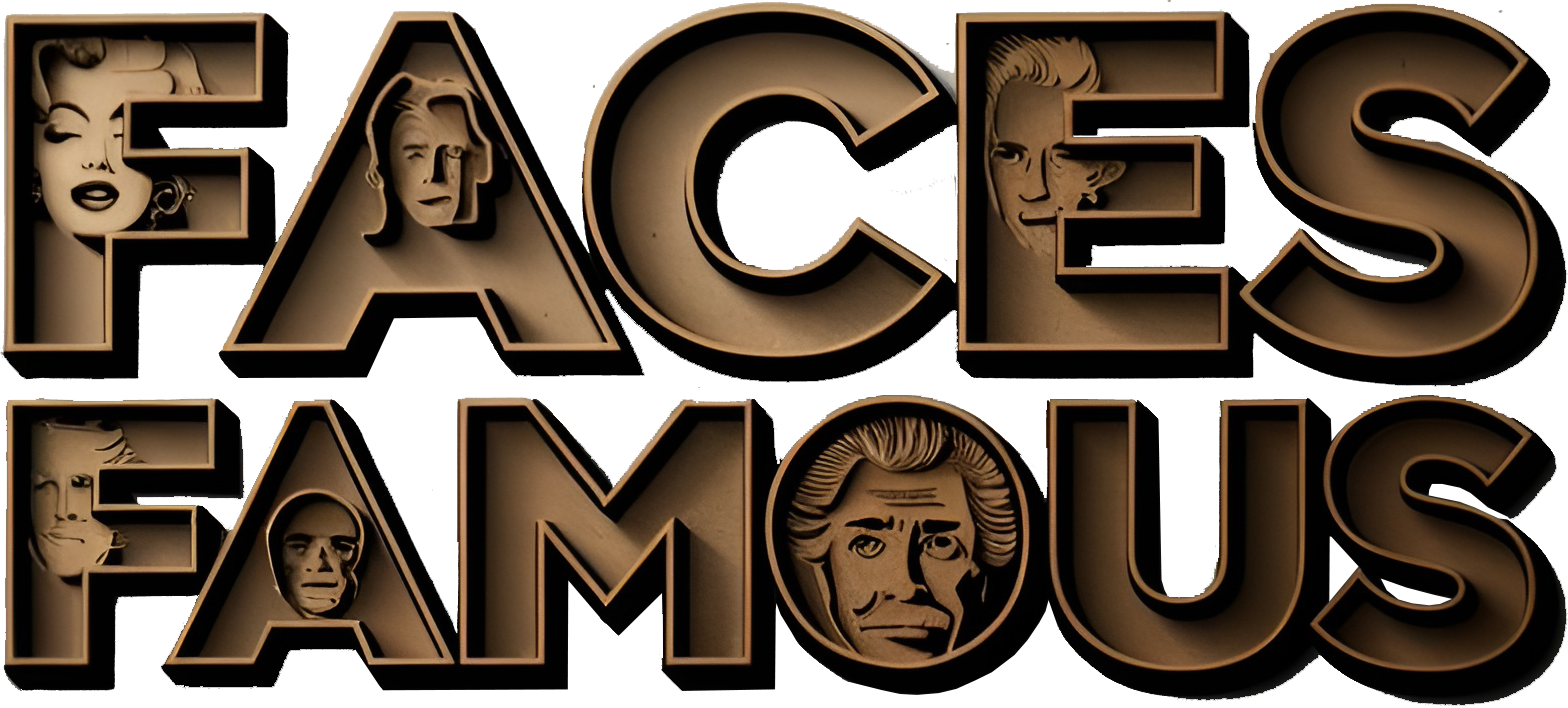Elizabeth Taylor, often remembered as one of the last major stars of classical Hollywood cinema, was a British-American actress, humanitarian, and fashion icon. With her striking violet eyes, magnetic screen presence, and tumultuous personal life, she captivated the world for over six decades. Her legacy goes far beyond the silver screen—Taylor was a trailblazer in both the entertainment industry and the global fight against AIDS.
Early Life and Beginnings
Elizabeth Rosemond Taylor was born on February 27, 1932, in Hampstead, London, to American parents Francis Taylor, an art dealer, and Sara Sothern, a former stage actress. Although she was born in the United Kingdom, her family returned to the United States in 1939, just before World War II began.
From a young age, Elizabeth exhibited a natural poise and beauty that made her stand out. Encouraged by her mother, she began auditioning for film roles. Her first significant role came at age 10 in the film “There’s One Born Every Minute” (1942). However, it was her performance in “National Velvet” (1944) at age 12 that catapulted her into stardom.
Rise to Fame
Throughout the 1950s, Taylor transformed from a child actress into one of Hollywood’s most glamorous leading ladies. Her roles in films like:
- “A Place in the Sun” (1951)
- “Giant” (1956) opposite James Dean and Rock Hudson
- “Cat on a Hot Tin Roof” (1958) alongside Paul Newman
- “Suddenly, Last Summer” (1959)
…showcased her versatility and emotional depth as an actress.
She won her first Academy Award for Best Actress for her role as a call girl in “BUtterfield 8” (1960), a performance she famously disliked but accepted out of contractual obligation.
Cleopatra and Global Stardom
Perhaps no film defined Taylor’s career and celebrity status more than “Cleopatra” (1963). Not only was it the most expensive film made at the time, but it also marked the beginning of her highly publicized relationship with Welsh actor Richard Burton.
Taylor played the Egyptian queen with stunning opulence and confidence. Though the film received mixed reviews, it was a box office success and cemented her image as a global superstar. Her off-screen romance with Burton became one of the most famous love affairs in Hollywood history.
The Burton-Taylor Era
Elizabeth Taylor married Richard Burton not once, but twice (1964–1974 and 1975–1976). Their relationship was as passionate as it was turbulent, characterized by lavish spending, public feuds, and intense mutual devotion.
Together, they starred in 11 films, including:
- “Who’s Afraid of Virginia Woolf?” (1966) – for which Taylor won her second Academy Award
- “The Taming of the Shrew” (1967)
- “The V.I.P.s” (1963)
Their fiery chemistry and glamorous lifestyle made them the darlings of tabloids worldwide, setting the tone for modern celebrity culture.
Humanitarian Work and AIDS Activism
In the 1980s, after years of personal struggles with health, addiction, and the end of several marriages, Elizabeth Taylor reinvented herself as a passionate advocate for HIV/AIDS awareness. At a time when the disease was stigmatized and misunderstood, Taylor became one of the first celebrities to take a public stand.
She co-founded the American Foundation for AIDS Research (amfAR) in 1985 and later established the Elizabeth Taylor AIDS Foundation (ETAF) in 1991. Through her activism, she raised millions of dollars and brought compassion and visibility to a crisis that many were ignoring.
Her efforts earned her the Jean Hersholt Humanitarian Award from the Academy of Motion Picture Arts and Sciences and numerous other honors, including the Presidential Citizens Medal.
Personal Life and Legacy
Elizabeth Taylor was as famous for her personal life as she was for her films. She married eight times to seven men, including hotel heir Conrad Hilton, British actor Michael Wilding, producer Mike Todd (who died tragically in a plane crash), singer Eddie Fisher, and politician John Warner.
Despite the ups and downs of her love life, she remained a devoted mother to her four children and a loyal friend to many in the entertainment and LGBTQ+ communities.
She was also a savvy businesswoman. In the 1990s, she launched her own perfume line, White Diamonds, which became one of the best-selling celebrity fragrances of all time.
Taylor passed away on March 23, 2011, at the age of 79, due to congestive heart failure. Her funeral took place at Forest Lawn Memorial Park in Glendale, California, where she was buried in a private ceremony.
Cultural Impact
Elizabeth Taylor’s impact is multifaceted:
- As an Actress: She was one of the few child stars to transition successfully into adult stardom, earning two Academy Awards and multiple Golden Globe and BAFTA nominations.
- As a Style Icon: Her bold fashion, legendary jewelry collection, and beauty made her a muse for designers and photographers alike.
- As a Humanitarian: Her work in AIDS advocacy paved the way for celebrity activism in the modern era.
- As a Public Figure: She lived her life unapologetically, embracing her flaws, passions, and beliefs with grace and strength.
Final Thoughts
Elizabeth Taylor was more than just a Hollywood legend—she was a fearless woman who used her fame not only to captivate audiences but also to bring light to the darkest corners of society. Her life was marked by reinvention, resilience, and compassion, and her legacy continues to inspire new generations of actors, activists, and admirers around the world.



